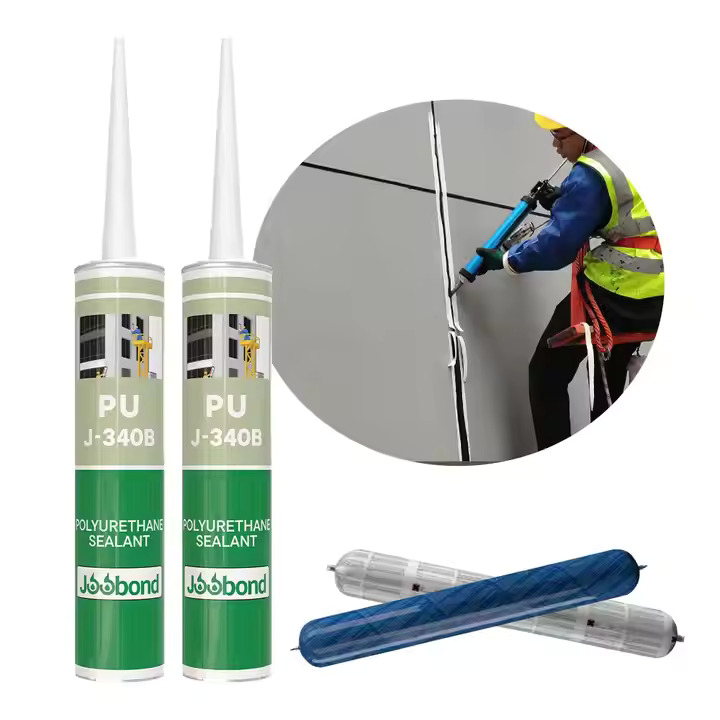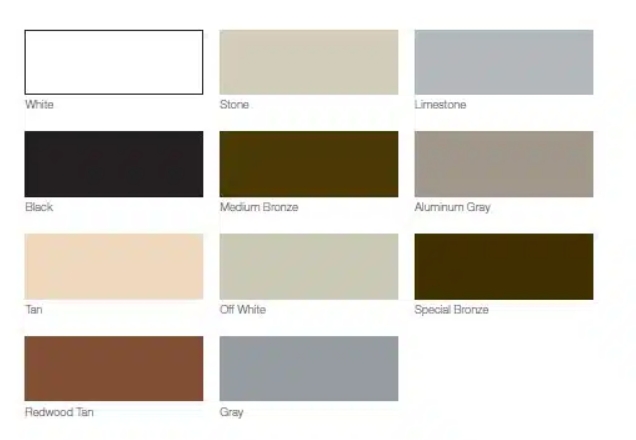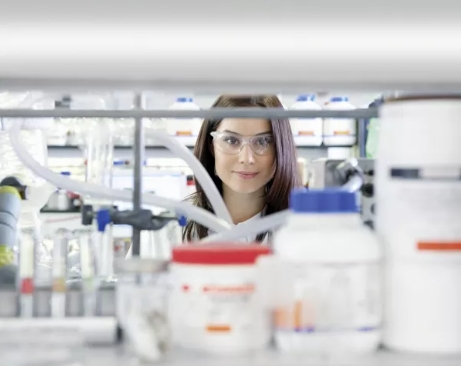Table of Contents
Understanding Polyurethane Caulk
Definition of Polyurethane Caulk (Poly Caulk)
Polyurethane caulk, which is also often referred to as “poly caulk,” is an organic polymer-based sealant. It is moisture-cured and cures by reacting with atmospheric humidity to form a strong, flexible bond that prevents the ingress of moisture whilst still allowing movement and environmental stress.

Key Properties of Poly Caulk
Chemical Composition:
Organic polyurethane polymer
Curing Mechanism:
Moisture-activated vulcanization
Flexibility:
±25-50% joint movement capability
Shore A 15-45 (standard formulations)
Working Time:
15-30 minutes (toolable)
24-72 hours, depending on conditions:
A full cure
Advantages Over Silicone Caulk
-
Paintable: Accepts most paints and coatings
-
Stronger Adhesion Strength: Bonding Porous Surface
-
Our Costs Are Going Through The Proper Iso9001:2010. Rust Proof Metal Development Extremely Simple For Cleansing Compared to Silicone Lessen Heating Due To Speedier Cooking Time Expense Efficiency.
-
Surface Compatibility: Good for wood, it is bad with drywall.
-
Ease of Cleanup: Water soluble in uncured form.
Limitations to Consider
-
UV Degradation: Must be shielded from direct sunlight.
-
Temperature Sensitivity: Challenging Application Below 40°F (4°C)
-
Service Life: 5-10 years in contrast to silicone, which last for over 20.
Professional Applications
Construction Uses
-
Window and door perimeter sealing
-
Expansion joint filling in concrete
-
Roof flashing and gutter sealing
-
Drywall corner bead sealing
-
Wood deck and trim applications
Industrial Applications
-
Truck and trailer seam sealing
-
Precast concrete panel joints
-
Metal building envelope sealing
-
HVAC ductwork sealing
-
Marine deck hardware bedding
Installation Best Practices
Surface Preparation
-
Prepare the surfaces properly (clean free from dirt, oil, old sealant)
-
Let it dry thoroughly (wet affects adhesion)
-
Etch clean surfaces (better mechanical bonding)
-
Masks edges for neat cutting
Application Techniques
-
High-Performance Caulking Gun for Better Bead Control
-
Snip applicator nozzles at 45° to match joint width.
-
Do it in one continuous motion with a equal amount of pressure
-
Shaping tool with fast interference
-
Create the right environment (40-90°F, 40-70% RH)
Curing Considerations
-
Wet for the first 24 hours
-
Make sure you wait for full cure before painting (usually 24 hours)
-
No Joint Stresses in Primary Cure Period
-
Accelerated curing by moisture misting in dry conditions
Maintenance and Repair
-
Look out for cracks, or adhesion failure (recommended annually)
-
Wash with mild soap and soft bristle brush
-
Remove and replace deteriorated sections
-
Every 5-7 years with exterior applications
-
Make repairs with compatible sealants (same chemistry)
Specialized Poly Caulk Varieties
-
Elastomeric Polyurethane: Extreme flexibility (±50%)
-
Non-Sag Formulations: Vertical surface applications
-
Fast-Skin: Bettas skin in 15-30 mins
-
Low-Modulus: For delicate substrates
-
High Temp: Resists temperature up to 250°F (121°C)
Cost Considerations
-
Material Cost: 5−15 per 10 oz tube of
-
Industrial Grade: 15-20 Linear ft per Tube
-
Life-cycle Cost: Will need to be replaced more often than silicone
-
Value Proposition: Perfect for paint and wood applications

